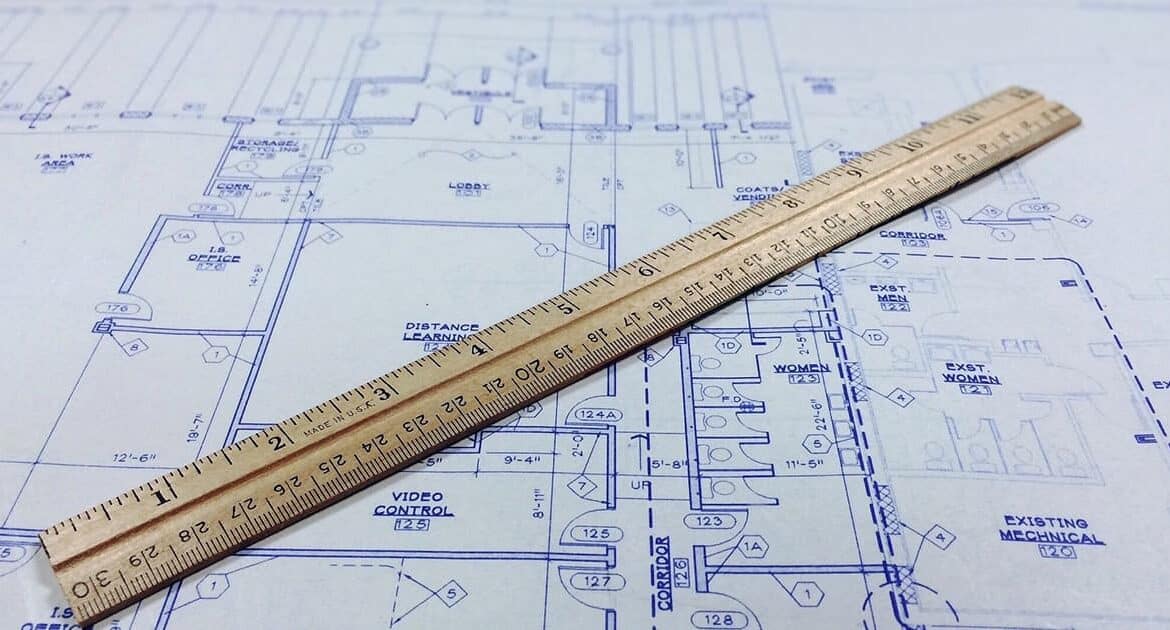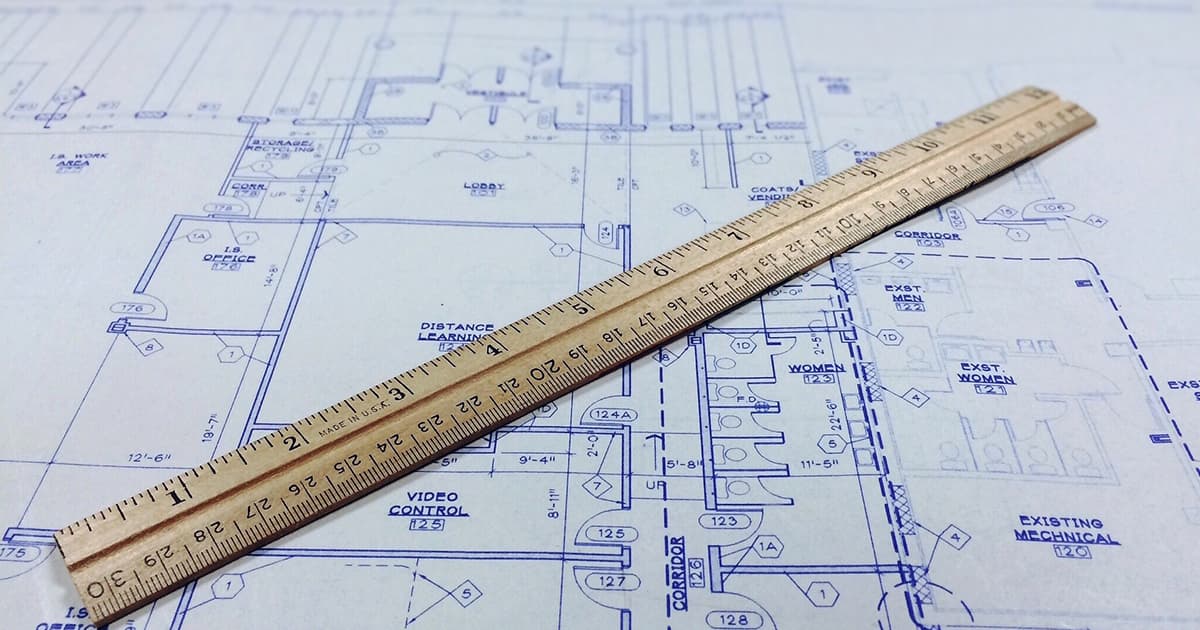When it comes to property refurbishment, one of the best ways to add value to a property is to turn it from one home into many. Splitting a house into flats allows you to sell each of the flats individually or to have a group of rental properties all under one roof. Doing to conversion can be quite a big job, so here are a few things you should consider before you jump in and hire a construction company.
Stage One – Do some research
Speak to a Local Estate Agent
There are a couple of reasons to speak to a local estate agent before you get started. The first is to check that there is a realistic demand for flats in the area. There is no point in doing this if no one wants the flats you are going to make. The next thing to find out is if there is a rental market of if you’ll be better off selling the properties.
Once you know which is going to be the best route for you, then you need to find out what the expectations are for tenants/buyers in the area. Real estate agents have a wealth of knowledge, so make sure to get as much out of them as you can.
Check on Planning Permission with the Local Council
Talk to the local council and check what planning permission you will need, and how hard it will be to get it. You don’t want to sink money into a project and then find that you can’t go ahead as planned. If you can it’s best to speak to someone in person at the council offices. Whatever permits you need, get them sorted sooner rather than later.
Speak to Your Bank
If you have a mortgage on the property, you will need to speak to your bank about your plans. You need to be sure that you have the correct sort of mortgage. If you are going to be renting the properties then you may need to change to a commercial mortgage.
Stage Two – Planning
Speak to the Service Providers
Each individual flat is going to need to have its own access to gas, electricity, and water. This will mean you need to work with the service providers to set this up. It would help if you started this early in the work.
Service providers are not known for getting on these projects quickly, and until this is sorted and you know where all the pipes and wires will have to go, you may not be able to start on any other work.
Plan the Layout
Getting the layout right is going to be make-or-break for this sort of project. The first thing to identify is how you are going to create separate entrances for each flat. In most cases, this will mean adding an amount of boxing and extra doors around the staircases and landings.
Once you know how the flats will be separated, you need to look at each flat. Each flat will need to have its own kitchen, bathroom, boiler, and heating system. When laying these out, you should consider where there are already pipes and electricity access points. It can be expensive and challenging to fit bathrooms if there is no easy access to the current downpipes.
When considering the space you have to work with, don’t forget that you will need to add soundproofing. So, ultimately the space will be smaller than it appears before you start working.
When it comes to planning the layout, it can be helpful to view other converted properties. If you see a good idea, steal it!
Budget
This is going to be a big project, so you need to think about the costs realistically. Kitchens and bathrooms are not cheap to install. If the property is older, then there might be some unexpected surprises after you start work. Plan your budget in advance, and always make sure that you have a contingency in case works run longer, or there is extra work you hadn’t expected.
Stage Three – Find a Construction Company
Once you have an idea of what you want to achieve and how much you want to spend, it’s time to find a trusted construction company to work with. You are going to be working closely with this company so make sure you are comfortable as well as have trust and a good relationship with the firm.
Make sure that the lines of communication are clear because the quality of communication can make all the difference in a large project like this. You also want to find a company with experience and who will share that experience with you.


